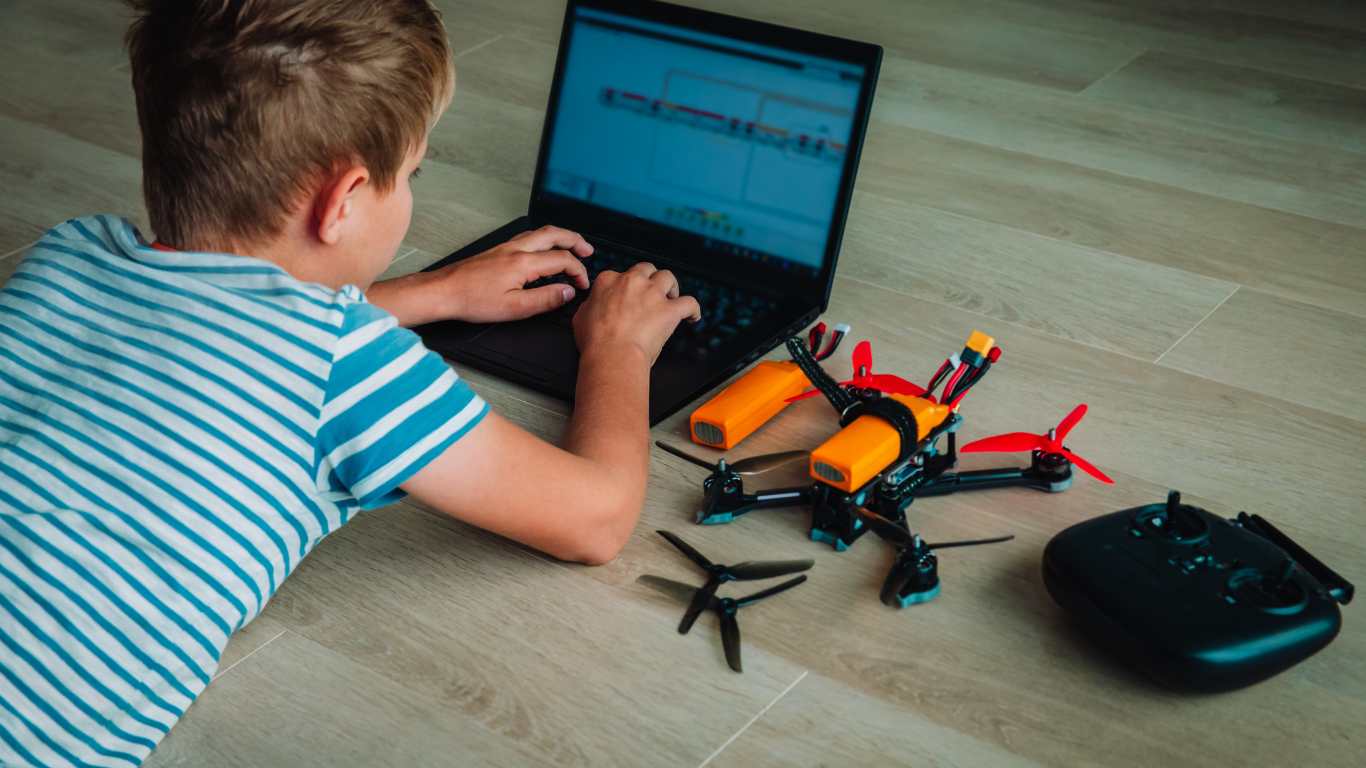Once confined to the realm of military and recreational use, drones have found their way into the world of education, opening up new horizons for both students and educators. These unmanned aerial vehicles (UAVs) have revolutionized the way we approach teaching and learning, providing unique opportunities to explore, engage, and educate. In this article, we will delve into the diverse ways drones can be employed in educational settings, from elementary schools to universities, and how they enhance the learning experience.
Enhancing Geography and Environmental Studies
Drones have emerged as powerful tools for geography and environmental science education, allowing students to explore landscapes, ecosystems, and environmental changes in real-time.
1. Geographical Mapping
Drones equipped with cameras can capture high-resolution aerial images, aiding in geographical mapping projects. Students can learn to interpret these images for various applications, from urban planning to environmental conservation.
2. Environmental Monitoring
Teach students how drones can monitor environmental changes, such as deforestation or wildlife tracking. This practical approach connects classroom learning to real-world conservation efforts.
Igniting STEM Education
Drones are a gateway to the world of STEM (Science, Technology, Engineering, and Mathematics) education, inspiring students to pursue careers in these fields.
1. Coding and Programming
Introduce coding and programming concepts by allowing students to write code for drone missions. The ability to think computationally and solve problems is developed via the use of this hands-on experience.
2. Physics of Flight
Explore the physics of flight by analyzing how drones achieve lift and maneuver through the air. Theoretical knowledge and applications in the actual world are brought closer together as a result of this.
Creativity and Artistic Expression
Drones are not limited to science and technology; they can also be used as tools for artistic expression.
1. Aerial Photography and Videography
Encourage students to explore their creative side by capturing stunning aerial photographs and videos. This combines artistic expression with technical skills.
2. Drone Art Shows
Organize drone art shows where students use drones to create captivating visual displays in the sky. This collaborative effort promotes teamwork and innovation.
Improving Disaster Management
Drones play a crucial role in disaster management and can be integrated into educational programs that focus on crisis response.
1. Search and Rescue Simulations
Simulate search and rescue missions to teach students how drones can locate and assist individuals in emergencies. This practical training is invaluable in disaster-prone regions.
2. Natural Disaster Assessment
Show how drones can assess the aftermath of natural disasters like earthquakes or floods. This instills a sense of responsibility for disaster relief efforts.
Fostering Collaboration and Competition
Students can develop their ability to work together and solve problems by participating in drone racing and other collaborative initiatives that are organized.
1. Drone Racing
Host drone racing events that challenge students to build and race their own drones. This competitive spirit fuels innovation and engineering prowess.
2. Aerial Robotics Competitions
Participate in aerial robotics competitions that require students to design and program drones for specific tasks. These events prepare them for real-world challenges.
Conclusion
Drones have transformed the education landscape by offering a multifaceted approach to learning. They engage students in STEM subjects, promote creativity, and prepare them for future challenges. As educators continue to explore innovative ways to integrate drones into curricula, the possibilities are limitless.
FAQs:
Are drones safe for educational use?
Drones used in educational settings are typically designed with safety features and guidelines to ensure a secure learning environment.
Do students need prior knowledge to operate drones?
No, many educational programs start from scratch, teaching students the basics of drone technology and operation.
What age groups can benefit from drone education?
Drone education can be adapted for various age groups, from elementary school to university level.
Are there any legal regulations for using drones in education?
Yes, some regulations govern drone usage. Educators must adhere to local laws and regulations when using drones for educational purposes.
How can I get started with drone education in my school?
Start by researching educational drone programs and contacting organizations offering resources and support for educators interested in incorporating drones into their curriculum.
